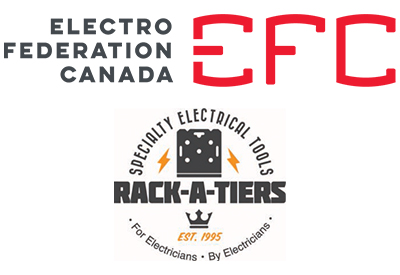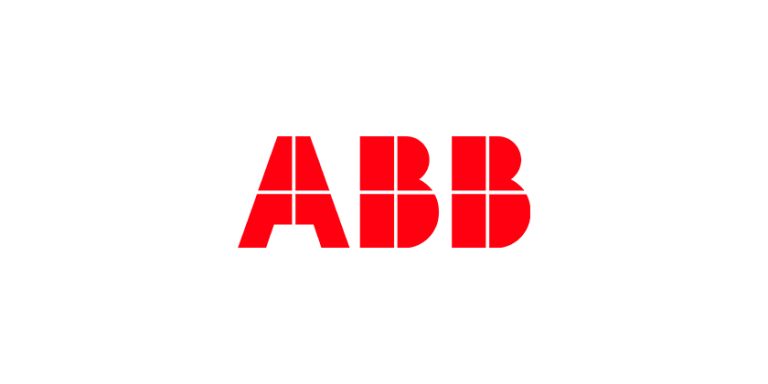Join UL and Eaton Bussman Division for a Series of Three Live Webinars

Sept 12, 2019
Determining SCCR for Industrial Control Panels and Industrial Machinery
A short-circuit current rating (SCCR) for equipment is required by NEC® 409.110(4) and 670.3(A). SCCR represents the maximum amount of current that the assembly can safely withstand under short-circuit conditions. Additionally, the following general statement related to SCCR is included in NEC 110.10:
“The overcurrent protective devices, the total impedance, the equipment short-circuit current ratings, and other characteristics of the circuit to be protected shall be selected and coordinated to permit the circuit protective devices used to clear a fault to do so without extensive damage to the electrical equipment of the circuit.”
Understanding how the SCCR of an industrial control panel is determined and what the markings on the product signify will help ensure that the industrial control panel is adequate for the available fault current at the point of installation.
Join UL and Eaton’s Bussmann division experts for a live webinar on October 30th at 10am CST as they delve further into determining SCCR for industrial control panels as per the 3rd edition of UL 508A.
Go HERE to register
Common Misapplications of Components in Industrial Control Panels
Each component in an industrial control panel must be properly applied for safe and reliable operation. The application requirements for each component are often quite complex and unique to the component, resulting in erroneous interpretation, leading to improper use of the component. We will review some of the most common misapplications of components within the panel.
Join UL and Eaton’s Bussmann division experts for a live webinar on November 20th at 2:30pm CST as they delve further into how to avoid common misapplications in industrial control panels.
Go HERE to register
Short-Circuit Current Rating Versus Arc Flash
How does arc flash relate to SCCR?
Equipment SCCR represents the maximum amount of short-circuit (fault) current that the assembly can safely withstand under short-circuit conditions. When the industrial control panel or industrial machinery does not have an adequate SCCR for the available short-circuit (fault) current an electrical hazard exists.










![Guide to the Canadian Electrical Code, Part 1[i], 26th Edition – A Road Map: Section 10 – Grounding and Bonding](https://electricalindustry.ca/wp-content/uploads/2022/11/Guide-CE-Code-2.png)





